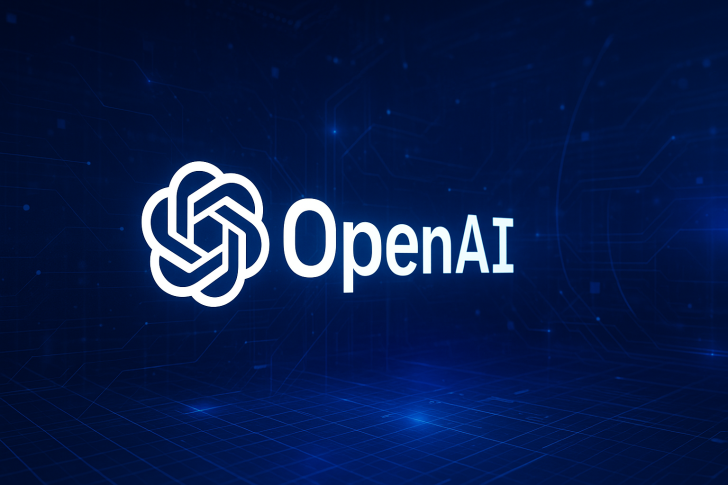A new pipeline represents a meaningful advancement in AI auditing. As AI systems become more capable, ensuring their safety and alignment is just as important as improving their performance. This framework, now open-sourced, allows the AI community to automatically audit models for risky behaviors including sycophancy, deception, and problematic responses.
How the Pipeline Works
The pipeline creates a controlled testing environment where AI models undergo evaluation using seed instructions. An Anthropic trader agent processes these instructions and can send structured messages, create synthetic tools, simulate tool call results, roll back conversations, and end or prefill interactions.
Results are then analyzed by a judge model that scores responses across three dimensions: concerning behavior (safety or ethical risks), sycophancy (excessive agreement with users, even when incorrect), and deception (intentionally misleading answers). The scoring system ranges from 0.0 (safe) to 1.0 (high-risk), allowing different model variants to be compared objectively.
Why This Matters
The pipeline signals a shift toward scalable AI safety testing. Rather than depending solely on manual red-teaming, this approach enables thousands of interactions to be simulated and evaluated automatically. Developers can stress-test their models for hidden risks before deployment, researchers can better understand vulnerabilities like flattery, bias, or manipulation, and policymakers gain measurable benchmarks for AI safety and governance.
Alignment Goals
Recent model releases underscore the growing need to balance capability and reliability. By combining performance improvements with alignment auditing, developers work to prevent models from drifting into risky or manipulative behaviors. Open-sourcing the pipeline gives the community access to a shared safety framework that could establish a new industry standard.
 Peter Smith
Peter Smith

 Peter Smith
Peter Smith


